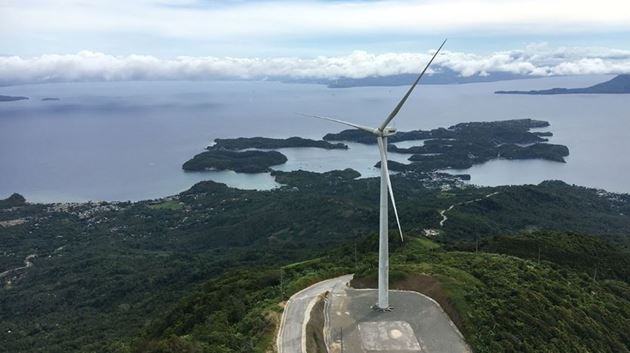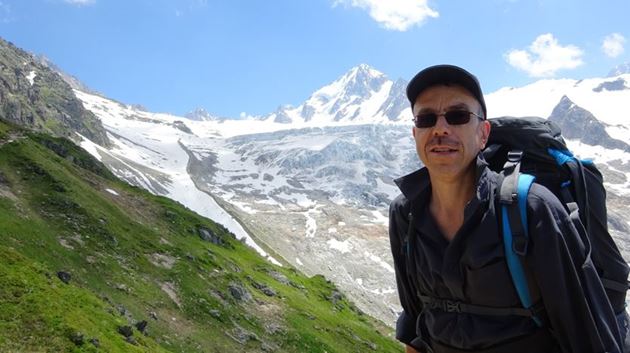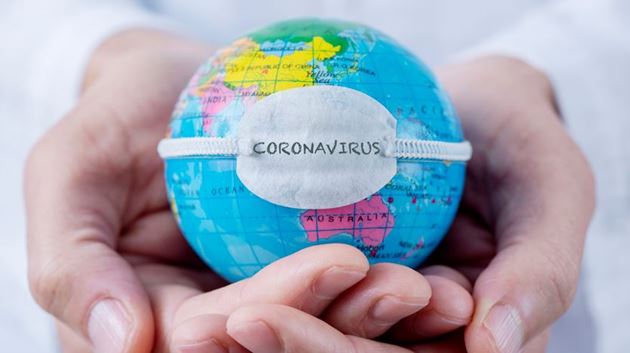
Digitalization as a shield against COVID-19
Sarriguren / 27 May 2020
Through focused planning and preparation, Siemens Gamesa’s global network of Remote Operation Centers ensures continuity of operations for customers, in good times and in bad.
Through focused planning and preparation, Siemens Gamesa’s global network of Remote Operation Centers ensures continuity of operations for customers, in good times and in bad.
Contact Siemens Gamesa
Do you have interesting topics for our renewable energy journal? Are you interested in renewable products made by Siemens Gamesa? Or are you thinking about joining our team? Please do not hesitate to contact us.
info@siemensgamesa.comTrusted partner for infrastructure-critical assets
The COVID-19 pandemic has shaken global markets and brought international commerce to a standstill. Billions of people around the planet are on mandatory lockdown, while healthcare workers struggle to provide relief to victims. In the midst of this mounting public health crisis, reliable energy production is essential to keeping hospitals open and allowing society to continue to function, albeit on a reduced scale.
Whereas traditional power generation requires constant staffing and manual oversight to ensure business continuity – a potential Achilles heel in times of lockdown and social distancing – existing wind power plants are fueled by an abundant and widely available energy source that is free of crippling supply chain disruptions, and they are largely able to function on their own, save for occasional service interventions and monitoring. Siemens Gamesa extends this advantage through its network of Remote Operation Centers located in Brande (Denmark), Pamplona (Spain), Newcastle (UK) and Chennai (India) which monitor and operate more than 25,000 wind turbines in more than 1,000 wind farms around the world. These turbines provide on average about 200 GB of data every day, a huge amount of information that has not slowed down during this crisis.
Whereas traditional power generation requires constant staffing and manual oversight to ensure business continuity – a potential Achilles heel in times of lockdown and social distancing – existing wind power plants are fueled by an abundant and widely available energy source that is free of crippling supply chain disruptions, and they are largely able to function on their own, save for occasional service interventions and monitoring. Siemens Gamesa extends this advantage through its network of Remote Operation Centers located in Brande (Denmark), Pamplona (Spain), Newcastle (UK) and Chennai (India) which monitor and operate more than 25,000 wind turbines in more than 1,000 wind farms around the world. These turbines provide on average about 200 GB of data every day, a huge amount of information that has not slowed down during this crisis.
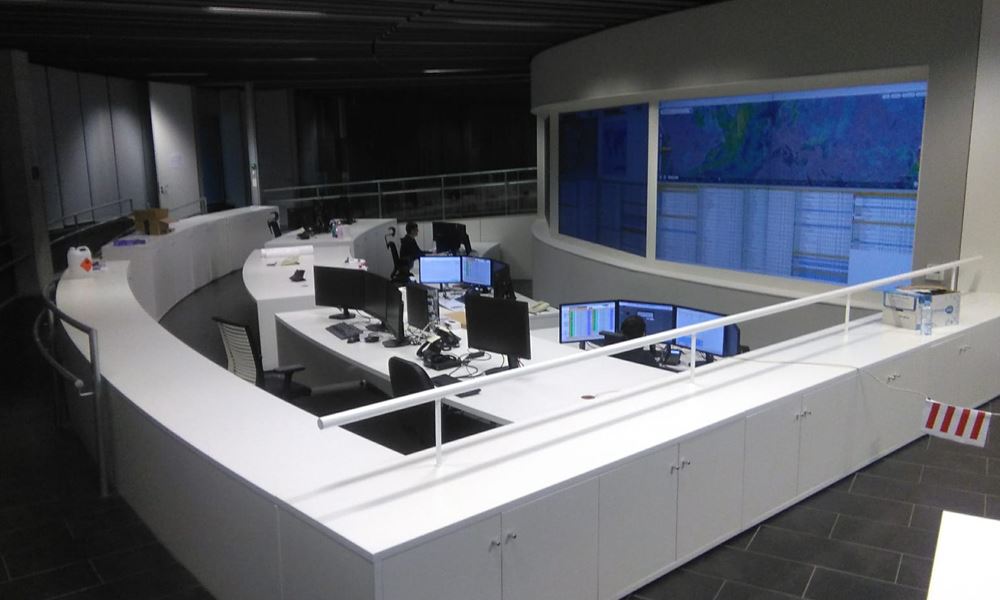
The work of these centers allows customers to maintain high availability levels by resetting remote alarms or by activating “on call” crews promptly. That is why their mission is now more important than ever. Some 85% of failures can be solved remotely, avoiding maintenance technicians having to physically go to the parks and reducing the risk of contagion.
In times of crisis, Remote Operation Centers do not rest. Their more than 50 employees take decisions in real time, seven days a week, 24 hours a day, all year round. This way, Siemens Gamesa ensures the safety and security of people, maximizes revenues, and complies with grid code, the technical specification that defines the parameters a facility connected to a public electric grid must meet.
In times of crisis, Remote Operation Centers do not rest. Their more than 50 employees take decisions in real time, seven days a week, 24 hours a day, all year round. This way, Siemens Gamesa ensures the safety and security of people, maximizes revenues, and complies with grid code, the technical specification that defines the parameters a facility connected to a public electric grid must meet.
Adapting to new realities
“Despite the crisis, all of Siemens Gamesa’s Remote Operation Centers are continuing to work at normal operational level,” affirms Jesus Blasco, who leads the company’s global network of operation centers. The existence of multiple centers allows load balancing between them, as the same corporate systems and processes are deployed worldwide. “Early on, we developed an escalation plan to ensure continuity of operations – in the event of an unavoidable disruption at one center, we’re easily able to pivot and share the work with others.” But Blasco is the first to share that the crisis has also led to some changes at the centers, mainly designed to care for the health of workers during the pandemic.
“While we’re able to continue monitoring and performing turbine operations remotely, our first priority is to protect the safety of our workers,” he shares. “All recommended HSE protocols – cleaning, disinfection, distances between operators, etc. – have been implemented at each of our centers, and we’re exceeding these requirements in order to take the best care possible of our teams.”
“While we’re able to continue monitoring and performing turbine operations remotely, our first priority is to protect the safety of our workers,” he shares. “All recommended HSE protocols – cleaning, disinfection, distances between operators, etc. – have been implemented at each of our centers, and we’re exceeding these requirements in order to take the best care possible of our teams.”
In the 200-square-meter control room of the site located in Pamplona, for example, shift teams made up of four operators each record their health states on a daily basis, use automotive service-style disposable seat covers as a protective measure, and only enter the room after cleaning staff thoroughly sanitize the workspace for some 20 minutes between shifts. “After the bustle of their pre-crisis workspace, it’s a stark contrast for the small team of operators to find themselves sitting together at safe distances in such a large space for over two months (with 2-3 more months like this currently expected), regularly alone in the building apart from the security and maintenance crews,” he says. “These conditions tend to make for long days, but our crews are committed to ensuring the greater good for our customers and society in general,” shares Blasco.
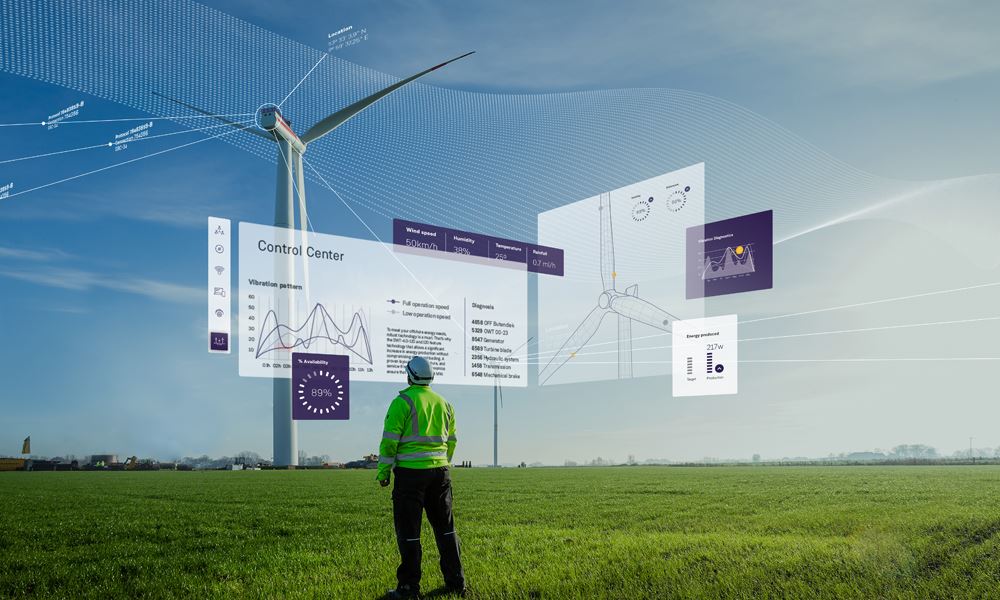
In general, operators at all remote operation centers of Siemens Gamesa are also able to work remotely by accessing the corporate network via a secure VPN protocol that is fully compliant with cyber security directives.
The importance of geographic redundancy
To guarantee continuity of operations, Siemens Gamesa’s action plan leverages the geographic redundancy of the network in the face of identifiable triggers, such as availability of staff or the forced closure of buildings at any one location. In addition, process automation algorithms on the centers’ servers have been developed to recognize situations like turbine stoppages on monitored wind farms, and to alert local teams at these locations when remedial action is required.
Siemens Gamesa’s digital capabilities and intelligent services safeguard that each wind farm is optimally serviced remotely, both in normal times and during moments of crisis. During the current pandemic, all possible scenarios have been taken into account to anticipate potential issues and guarantee the best care of each customer’s assets. “Through our careful planning and dedicated efforts, we’re delivering the same level of quality as always, despite the global pandemic – for our customers, it’s almost as if the crisis doesn’t exist,” declares Blasco.
Siemens Gamesa’s digital capabilities and intelligent services safeguard that each wind farm is optimally serviced remotely, both in normal times and during moments of crisis. During the current pandemic, all possible scenarios have been taken into account to anticipate potential issues and guarantee the best care of each customer’s assets. “Through our careful planning and dedicated efforts, we’re delivering the same level of quality as always, despite the global pandemic – for our customers, it’s almost as if the crisis doesn’t exist,” declares Blasco.
